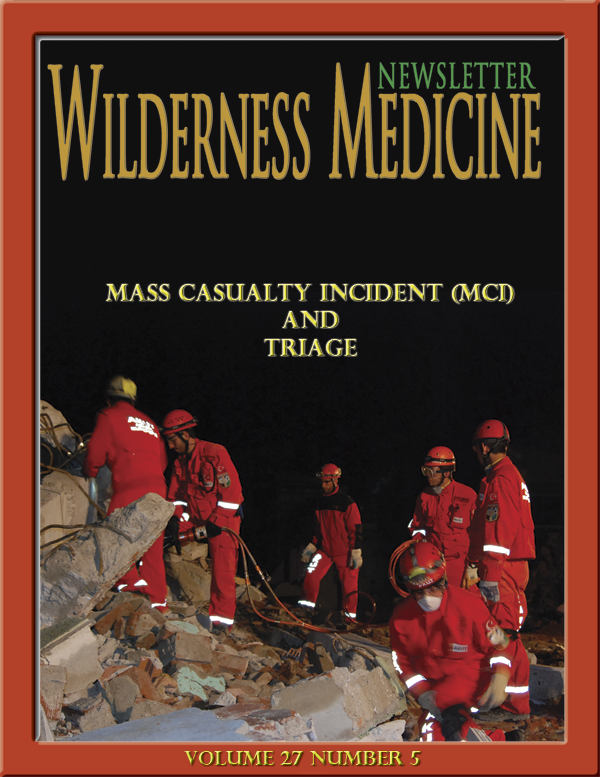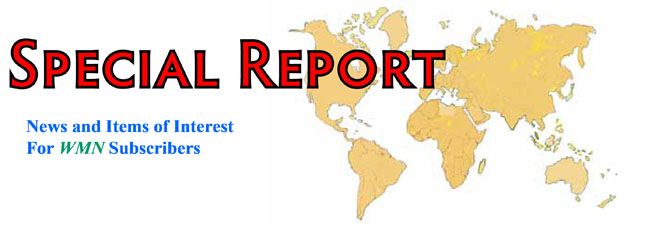MASS CASUALTY INCIDENT (MCI) and Triage

ISSN-1059-6518
MASS CASUALTY INCIDENT – 2014
Aka Triage – Are you hurt?
By Paul MacMillan, AEMT
Cover photo courtesy Dundar Sahin and AKUT
I have been asked to write an article on triage and Mass Casualty Incidents (MCI). You might ask why are we writing an article on triage and MCI? Given the world we now live in, it is a good time to review these topics. With mass casualty incidents happening more frequently in schools, malls, political gatherings, and on mass transit systems it is important to know how to respond to save lives. Often when we teach these topics it is at the end of the course and we quickly cover them because of time constraints.
There is a wealth of data on these topics. You might recall one of the most famous studies. It focused on the Avianca, Flight 52, plane crash in Cove Neck, New York. It happened on a foggy and windy night on January 25, 1990. A number of volunteer fire and rescue units responded to this incident where 8 out of the 9 crew members of the aircraft were killed and 65 out of 149 passengers were killed. You may recall that during this event there was a huge problem with all the responders’ vehicles and equipment parked on either side of a narrow road which made it impossible for ambulances to get to the scene or turn around. This incident has changed how we now stage resources at MCIs.
Unfortunately, we have a wealth of data on triage and evacuation coming from the Iraqi and Afghanistan war. For example the battlefield injury survival rate for U.S. military personnel in Iraq reached 90%. This was 10 points higher than what was seen in the 1991 Persian Gulf War. Maj. Gen. George W. Weightman, commander of the Army Medical Department’s Center and School at Fort Sam Houston in San Antonio, Texas, cited a number of things that have changed in treating battlefield injuries which have improved survival. These include improved trauma care moments after the injury and a large number of soldiers trained as combat lifesavers.

